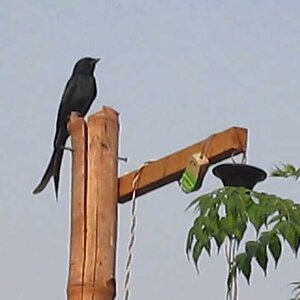benstewart
TPF Noob!
- Joined
- Dec 9, 2006
- Messages
- 43
- Reaction score
- 0
I have posted here before requesting information on lenses, and now I hav nearly made my choice, except for ONE thing. Bearing in mind that I carry a Digital Rebel XT: Is it true that some manufacturers display the focal length of their lens WITH consideration for film/digital differences. In other words, will this: http://www.tamron.com/lenses/prod/2875mm.asp lens be a real 28-75 on my XT, or is it a 44(?) Same for this one: http://www.ritzcamera.com/product/2...digital-cameras;cislr-lens;cilenses-for-canon This is especially important because I want a wide angle lens and I want one that will work once I get a full-frame sensor - somewhere down the line.






![[No title]](/data/xfmg/thumbnail/34/34685-17f2466cddc9890af6ca67c65e2e7d5c.jpg?1734165691)


